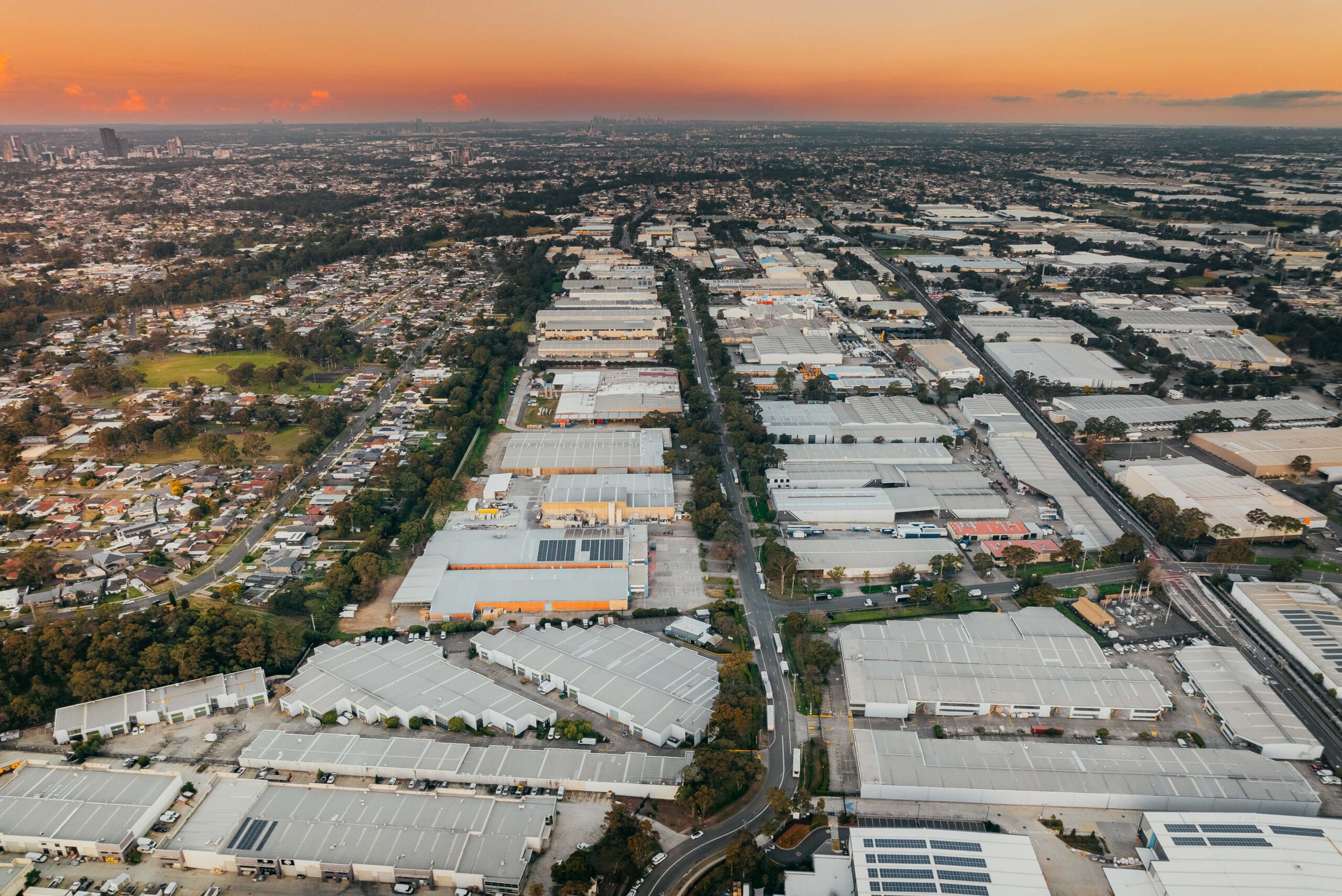A measure of market liquidity is simply how many transactions occur during a period of time at various price points. Market liquidity an important measure of the depth of buyer demand as it is best to avoid shallow markets which can dry up quickly. We have studied the transactions in 2016 to identify which markets are deepest and which are shallow and provide the following insights. Number of Commercial Transactions in 2016 by Price Bracket The graph below shows that for 2016 the most active price bracket for Commercial property was between $25M and $50M with 28 total transactions, 11 of which were in Victoria and 9 in NSW. The graph also clearly shows that the volume of transactions below $100M (80 transactions) is vastly different to those above $100M (40 transactions). The ability to liquidate an asset at its highest possible price is partly a reflection of the quality of the asset and its income potential but also of the number of parties bidding in the price bracket of the asset. Number of Retail Transactions in 2016 by Price Bracket For shopping centre assets, the depth of market is similarly concentrated in the sub $75M price bracket, however high quality Shopping Centre assets are rarely traded. Number of Industrial Transactions in 2016 by Price Bracket For industrial assets, the depth of market is concentrated in the sub $50M price bracket with strong interest in assets up to $75M. The key message is to ensure that if the timing of an asset sale is important to you then ensure that you are in a deeper market. In other words three $50M assets may yield a better results than one $150M asset due to the number of party who are able to acquire such an asset. If you are interested in this and other insights, join our client group and receive regular updates as well as exclusive access to our Property Transaction Database. Click here for more information. Thanks






